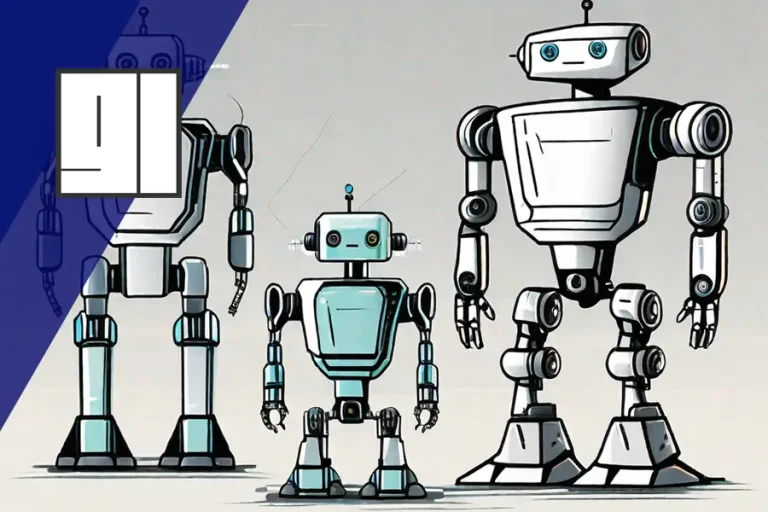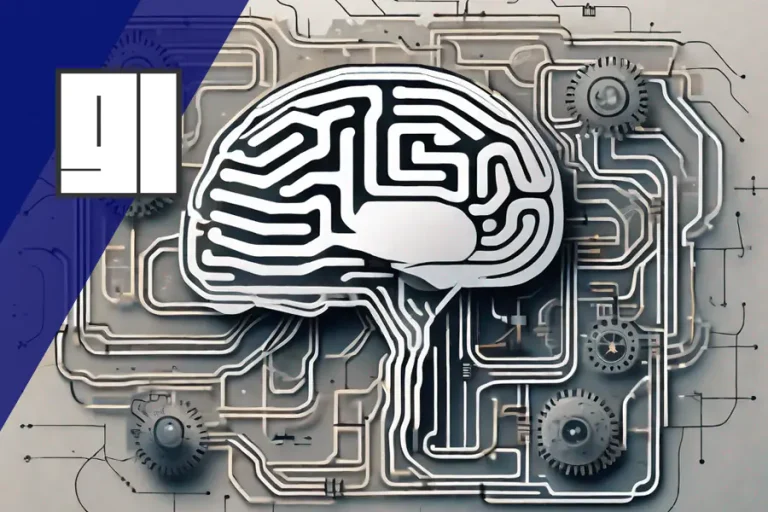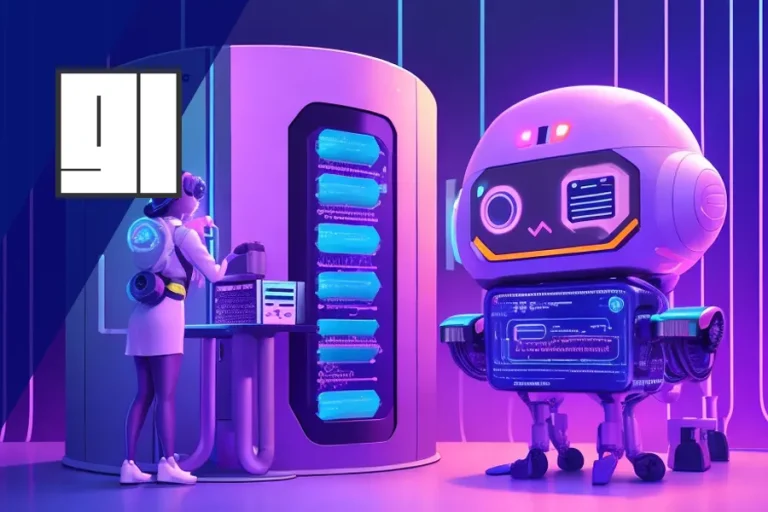No Coding Experience WP Plugins with ChatGPT: Real or Not?
Hey there! I’ve been on a coding journey that started with C, moved to C#, and now I’m exploring various JavaScript frameworks like React, Gatsby, and Next.js. But here’s a new twist: I’ve never ventured into WordPress Plugins, and PHP isn’t my strong suit. Sounds like the perfect setup for an intriguing challenge? Absolutely, and that’s exactly what I thought.
This led me to an experiment: Could, someone with no coding background and no experience in this particular niche, tackle the task of developing WordPress plugins? This is where my journey with ‘No Coding Experience WP Plugins with ChatGPT’ began. The mission was to try to find out, if with no coding skills, the AI capabilities of ChatGPT the world of WordPress plugin development a realistic goal is.
Was ChatGPT the magic wand for my lack of PHP knowledge? Or did it turn into a “you really need to know your stuff” kind of situation? I’ll walk you through each project, the hiccups, the wins, and those moments where my coding background either saved the day or left me wishing I knew PHP.
So, are you curious about whether AI can help you dive into WordPress plugin development without knowing the ins and outs of the WP or WooCommerce structure, and without PHP skills? You’ve come to the right place. Let’s dive in and see how this experiment turned out.
The Three Plugins Journey
SERP Simulator Plugin for WordPress
The first plugin I tackled was a SERP Simulator. Its goal? To provide SEOs with a tool to preview the Meta Title and Meta Description for both desktop and mobile views, giving immediate feedback. This kind of instant visualization can be a game changer for SEO optimization.
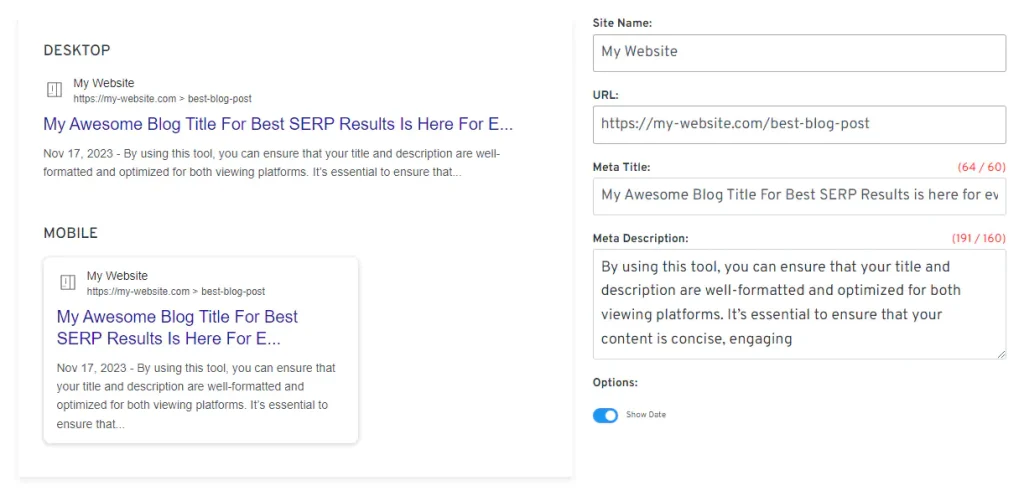
The Concept and ChatGPT’s Role
I had to start from scratch, so I turned to ChatGPT for everything — from setting up the basic plugin structure to applying the final CSS styles. I laid it all out for ChatGPT: what the plugin should do, how it should look, and my lack of experience in WordPress plugin development. I needed guidance on the fundamental steps: file structure, script inclusion, and understanding WordPress hooks.
Execution and Timeframe
The journey from concept to functional plugin took around 8 hours. It was a start-to-finish marathon, where I worked closely with ChatGPT’s input to navigate the unfamiliar territory of WordPress. The AI assistance was invaluable, especially when it came to understanding how to structure the files, enqueue the scripts, and determine which hooks to use.
Implementation and Challenges
I took a bit of a gamble by implementing this directly on a live website — not something I’d recommend for larger projects, but it suited this smaller, more contained task. Fortunately, this approach worked out. The straightforward nature of this project meant there were no major conflicts with other components or plugins.
Given how smoothly this first project went, I was riding high on confidence. It seemed like a great time to dive into something a bit more challenging. So, when a customer expressed a wish for additional tabs on their WooCommerce product page, I saw it as the perfect opportunity to stretch my newfound skills. Fueled by the success of the SERP Simulator, I eagerly embarked on my next adventure: extending WooCommerce functionality.
WooCommerce Additional Description Tab Plugin
The idea was straightforward: show an additional tab on the product page with text and image data from the product category. But, as is often the case, the devil was in the details. While I knew the basic point of insertion in the code to add a new tab, I was less clear on how to fetch and style the category data effectively.
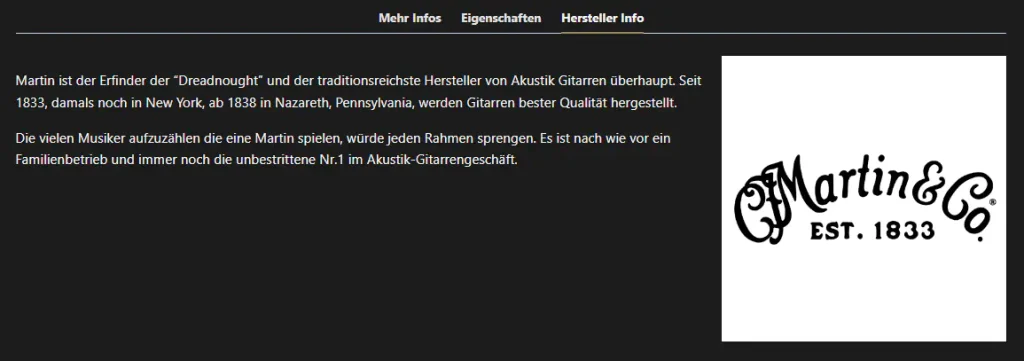
ChatGPT’s Contribution
ChatGPT helped me figure out the right file and folder structure for the plugin, guided me on fetching the necessary data from the backend using PHP, and showed me how to display it on the frontend with JavaScript and CSS. This guidance was crucial in overcoming the hurdles I faced due to my unfamiliarity with WooCommerce’s inner workings.
Process and Outcome
Thankfully, this project didn’t require any new backend fields or options. Everything needed already existed in WordPress and WooCommerce, and the additional tab functioned without disrupting any existing content. It was a relatively smooth ride, and I managed to wrap it up in about 4-5 hours thanks to ChatGPT.
Customer’s Response and the Next Step
The customer was thrilled with the newfound customization potential for WooCommerce. Their excitement and my recent success with the previous plugin made me somewhat overconfident. They requested another customization: extending the WooCommerce product gallery to display YouTube videos. Given how well this second project went, I was ready to take on this more complex task without a second thought as the customer didn’t want to pay 79$ / year for an existing WooCommerce Gallery Plugin.
YouTube-Enabled Gallery Plugin
This project was by far the most challenging of the three. The concept was seemingly straightforward: integrate YouTube videos into the WooCommerce product gallery, allowing them to be played within the gallery interface alongside regular images.
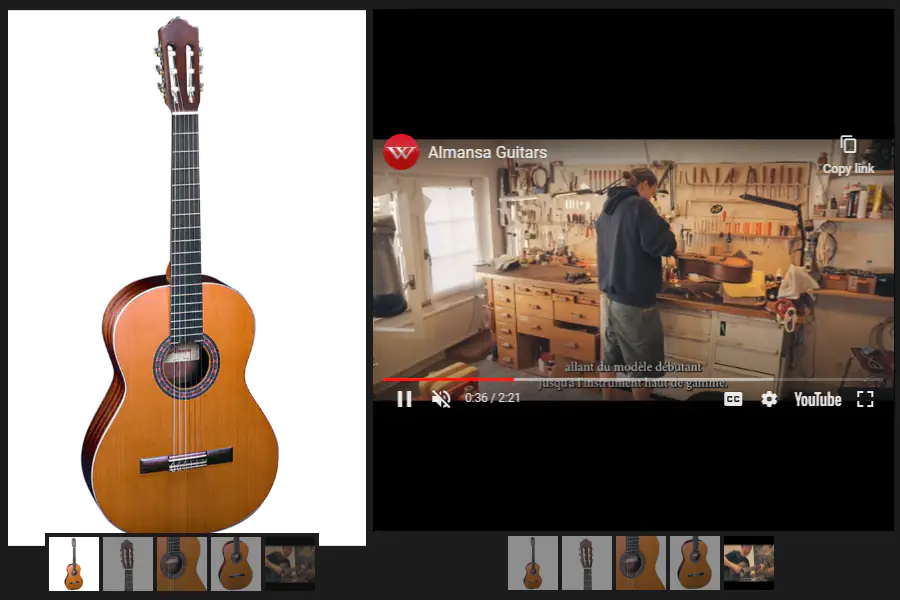
Conceptualization and ChatGPT’s Early Assistance
Initially, the project kicked off well with ChatGPT. However, I had to repeatedly clarify that my goal was to build a plugin, not to modify theme files or create child themes. The complexity of explaining the entire project scope, including what needed to happen on both the backend and frontend, revealed a key limitation in ChatGPT’s memory over extended conversations.
Backend Development
The backend part of the plugin was relatively smooth sailing. ChatGPT helped identify the correct scripts to enqueue and the appropriate hooks for the backend, ensuring scripts loaded in the correct order and only when needed.
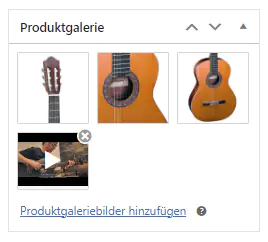

Frontend Challenges
The real test began with the frontend gallery. ChatGPT initially suggested using Slick Slider to overlay on the existing gallery for video thumbnails. I gave it a try, but this approach led to a dead end.
After some investigation, I discovered that WooCommerce used FlexSlider2. ChatGPT pointed out potential issues with loading two different sliders, which could conflict with WooCommerce’s functionality. We attempted to extend FlexSlider to accommodate YouTube videos, but stumbled upon a bug in its addSlide() function, leading to an infinite loop.
Our workaround with a custom addSlide() function partially solved the problem, but the slider couldn’t handle the custom video slides properly.
Final Solution and Implementation
Facing a make-or-break moment after several days of effort, I decided to give it one last shot. This time, I considered removing FlexSlider altogether and replacing it with a new gallery. ChatGPT suggested OwlCarousel as a potential solution. After dequeuing FlexSlider and enqueuing OwlCarousel, things started to click: video thumbnails worked, navigation was smooth, and videos played within the gallery. The final hurdle was to stop videos when navigating away, which, again, ChatGPT provided useful advice on tackling.
I even fed ChatGPT with OwlCarousel documentation URLs for better-informed suggestions, which significantly helped in fine-tuning the solution.
Reflections on the Project
In the end, the implementation was successful, but the journey was arduous. This experience underscored a crucial point: without a solid understanding of WordPress, WooCommerce, and coding principles, pulling off a plugin of this complexity would be nearly impossible, at least with the current capabilities of ChatGPT. Maybe GPT-5 will change that, but for now, it remains a challenging endeavor.
Insights on Using ChatGPT for Plugin Development
The journey of creating WordPress plugins with ChatGPT was enlightening, to say the least. While ChatGPT proved to be an invaluable asset, there were moments of realization about its limitations and the indispensable role of coding knowledge.
The Need for Coding Knowledge
My background in programming was crucial in navigating this process. There were instances where ChatGPT would lead me down unproductive paths or generate code snippets that didn’t quite hit the mark. Often, ChatGPT’s suggestions would include placeholders like:
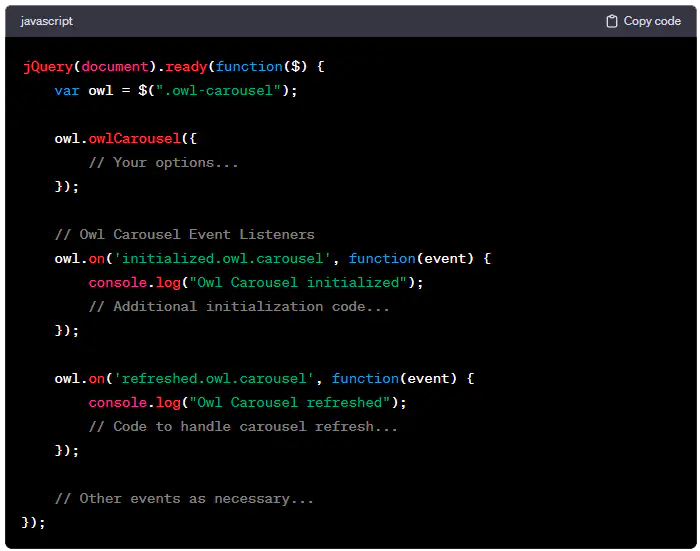
This format can become confusing, especially after several iterations. Without a clear understanding of concepts like functions, loops, and variables, it’s easy to lose track of whether ChatGPT’s suggestions align with your existing code structure. A non-programmer might find it challenging to discern when ChatGPT is off-course or providing non-functional code.
Limitations of AI in Understanding WordPress and WooCommerce Systems
ChatGPT has an impressive grasp of WordPress and WooCommerce fundamentals. However, when it comes to the nuances and specifics, like knowing FlexSlider is the default gallery slider in WooCommerce, it falls short. I often had to delve into documentation and use browser DevTools to inspect objects and provide contextual information to ChatGPT. This process highlighted that having a comprehensive understanding of the system you’re working with is critical, as AI may not have the depth of knowledge required for more complex or system-specific tasks.
The Challenge of Context in Larger Projects
One of the more frustrating aspects of working with ChatGPT was its memory limitation. In the midst of the larger gallery plugin project, ChatGPT began to forget earlier parts of our discussion. It started suggesting solutions like creating a child theme or modifying WooCommerce files, which were against my project’s principles. This meant I had to constantly remind ChatGPT of the project’s scope and my intention to keep everything within a standalone plugin. This recurring need to restate the project’s parameters can be tedious, especially in larger, more complex projects.
Conclusion
This journey into the world of WordPress plugin development with ChatGPT as my guide has been a fascinating one. It’s clear that for smaller, less complex plugins, AI assistance can be a game-changer. With ChatGPT’s help, I was able to develop functional plugins in a fraction of the time it might have taken me to learn and do everything from scratch.
However, it’s also evident that when it comes to more significant, complex projects, a solid foundation in coding is indispensable. AI, as advanced as it is, still has its limitations. It can guide, suggest, and assist, but the nuanced understanding of a system’s architecture, the foresight to navigate through complex logic, and the ability to discern and correct errors are skills that, as of now, only a human developer possesses.
Reflecting on this experience, I see immense potential in AI-assisted coding, but also a clear boundary to its capabilities. For platforms like WordPress, which involve a mix of specific system knowledge and programming, the future of AI coding assistance looks promising yet still requires a human touch.
The day might come when AI can independently handle complex development projects, but for now, it remains a valuable assistant rather than a replacement for human expertise.
FAQs

What’s next?
Excited about the possibilities of AI in WordPress development? Or perhaps you’re looking for expert consultation on your WordPress site, AI solutions, or SEO services? I’m here to help.
Connect with me to explore how we can leverage AI to enhance your web projects, optimize your site for search engines, or simply to discuss the potential of AI in your digital strategy. Let’s harness the power of technology together!

Graz is a tech enthusiast with over 15 years of experience in the software industry, specializing in AI and software. With roles ranging from Coder to Product Manager, Graz has honed his skills in making complex concepts easy to understand. Graz shares his insights on AI trends and software reviews through his blog and social media.



